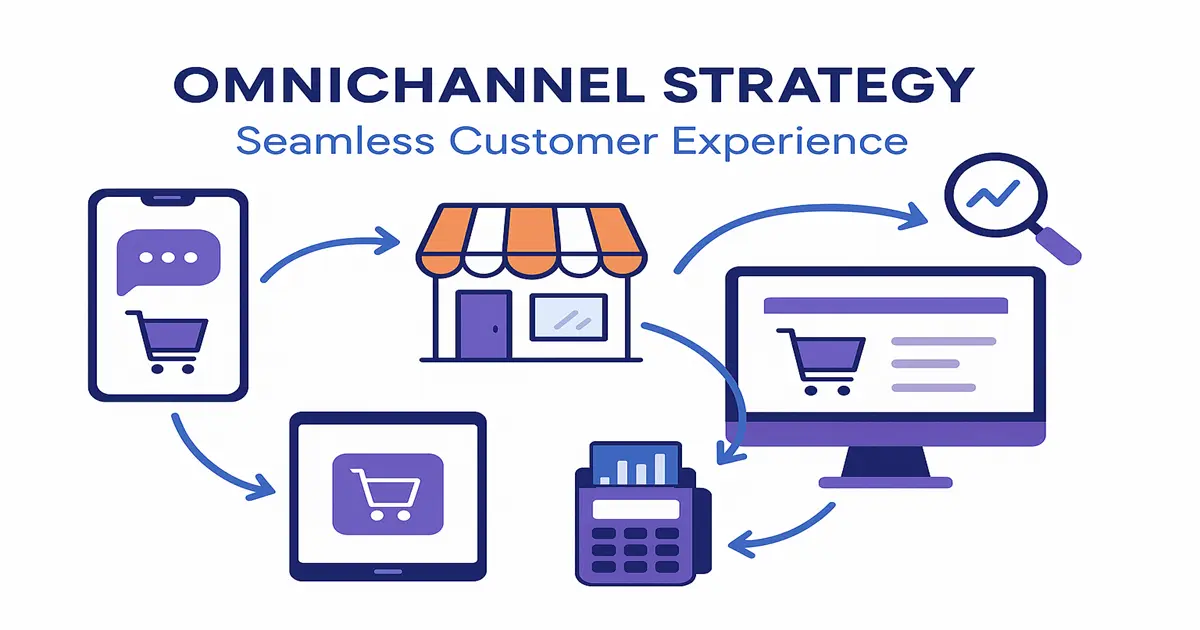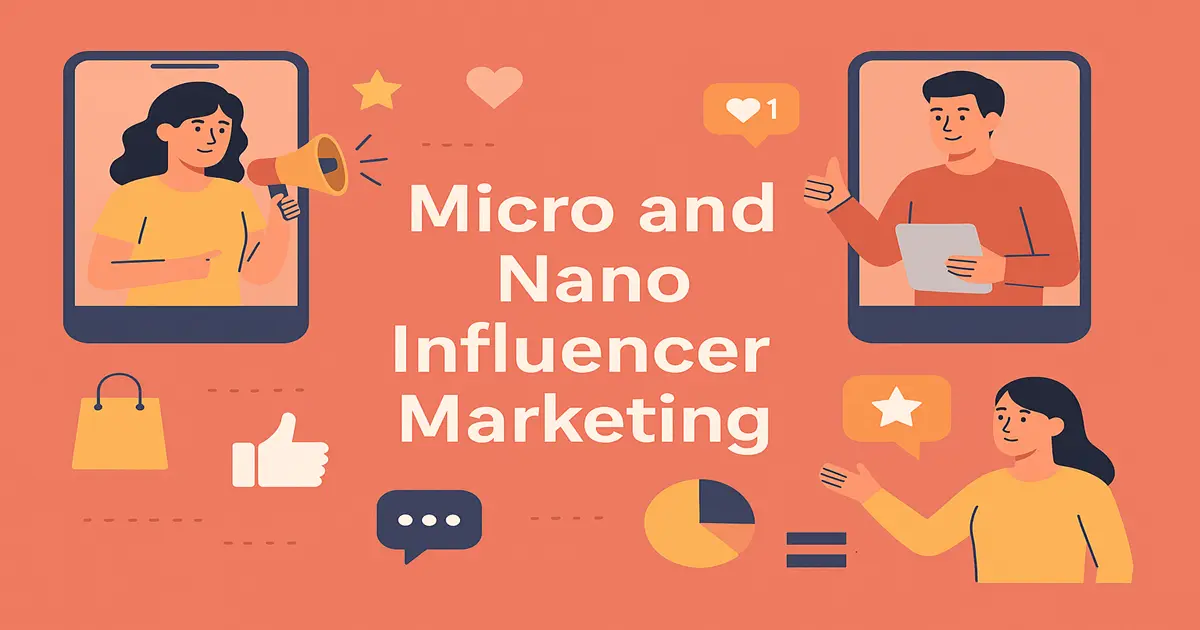Introduction:
Have you ever been curious about why certain online businesses blow up while others can’t seem to catch on, even with a robust social media presence? The answer is in one influential idea: social commerce integration. In the digital age of today, straight e-commerce just won’t cut it. People are spending more and more time on social networks such as Instagram, Facebook, TikTok, and Pinterest, and they’re ready to buy directly from their news feeds. If your brand is failing to reach them there, then you’re missing a whole lot of sales.
Social commerce integration is not a buzzword fad. It’s a strategic process that blends the influence of social media and a frictionless shopping experience, translating likes into sales and followers into customers. From shoppable feeds and influencer marketing to live customer support through messaging apps, social commerce integration is changing the way we sell online.
Let’s get more into what it is, why it’s important, and how your business can leverage the most from this revolutionary tool.
What is Social Commerce Integration?
Social commerce integration is the process of integrating e-commerce capabilities into the social media platforms themselves, allowing users to find, browse, and buy products without ever having to leave the app. This is not merely putting up ads or linking out to products; it’s about deeply integrating the shopping experience into the social context.
Picture yourself scrolling through your Instagram feed and coming across a pair of shoes that you adore. With social commerce integration, you can tap on the post, see product information, choose your size, and checkout—all within the app. No redirecting, no friction.
Features such as Facebook Shops, Instagram Shopping, TikTok Shop, and Pinterest Shopping enabled this seamless experience. These resources enable companies to post product catalogs, label products in posts, interface with payment systems and even offer in-app customer support.
Some of the social commerce integration components are:
- Shoppable Posts & Stories: Label products directly in your content.
- In-App Checkout: Enable users to make purchases without having to leave the platform.
- Customer Messaging Integration: Leverage platforms such as Facebook Messenger or WhatsApp for support.
- Analytics & Insights: Monitor sales, engagement, and customer behavior in real time.
By integrating these features, brands can make the buyer’s journey easier and eliminate barriers that tend to cause cart abandonment.
Why Social Commerce Integration Matters
Today’s hyper-connected world requires e-commerce to change. Social commerce integration is the next logical step. Here’s why it’s important:
1. Consumer Behavior is Shifting
Increasingly, consumers are finding brands and products on social media rather than search engines. Social media sites like Instagram and TikTok are turning into product discovery platforms, particularly with Gen Z and Millennials. If your store cannot be accessed directly from such platforms, you’re introducing unnecessary friction.
2. Boosts Conversion Rates
Shortening the steps from discovery to purchase results in greater conversion. Customers don’t have to swipe away from their favorite social apps to purchase your products.
3. Smoothes User Experience
Social commerce integration provides a seamless experience. From swiping up on an Instagram story to tapping on a tagged product in a video, it lessens the effort a customer must put into making a purchase.
4. Enhances Customer Trust and Engagement
Seeing others actually use products, reading reviews from people, and directly interacting with brands make us trust them. Social sites also facilitate two-way communication, making the shopping experience intimate.
5. Boosts Brand Visibility
Social algorithms reward content that is engaging to users. Featured shopping actually helps your content drive better performance, resulting in greater reach and visibility.
6. Utilizes Influencer Marketing
With social commerce integration, influencers can trigger sales directly, and not solely awareness. Their content is a live sales channel.
In other words, if you’re not spending on social commerce integration, you’re leaving money on the table.
Key Features of Social Commerce Integration
Social commerce integration is not something generic. It presents a whole array of features meant to enhance user experience and facilitate sales:
1. Shoppable Content
Turn posts, videos, and stories into mini storefronts. Users can tap to view product names, prices, and options.
2. In-App Checkout
Bypasses external websites. Facebook and Instagram Shops facilitate secure transactions within the app.
3. Product Catalog Sync
Sync your e-commerce platform (such as Shopify or WooCommerce) with social platforms easily and keep your inventory up to date.
4. Automated Customer Support
Use AI-driven chatbots or live agents through Messenger or WhatsApp to reply to questions, facilitate returns, and complete sales.
5. User-Generated Content Integration
Show photos and videos of customers using your products. Organic content instills confidence and increases conversions.
6. Advanced Targeting and Analytics
Monitor how products sell, where users fall off, and which posts generate the most revenue.
7. Live Shopping Events
Go live with present products, respond to questions, and create urgency. Such platforms as TikTok and Instagram permit live shopping.
Each such feature enables brands to build immersive, native shopping experiences that convert attention to action.
Case Studies: Real Brands Winning with Social Commerce Integration
1. Sephora (Instagram Shopping)
Sephora utilizes Instagram Shopping to tag products within their posts, reels, and stories. Fans browse new arrivals and purchase instantly. Through integration with Facebook Shops, they provide a seamless checkout, and their influencer UGC adds to authenticity.
2. Gymshark (TikTok Shop)
Gymshark has got TikTok down with behind-the-scenes shots, workout videos, and influencer partnerships. Their TikTok Shop enables customers to purchase straight from the videos, and fitness wear has become a viral phenomenon. Direct sales tracking has boosted their ROI dramatically.
3. ASOS (Pinterest Shopping)
ASOS utilizes Pinterest Shopping to show lifestyle-oriented pins that contain direct links to product pages. Their visual content strategy meshes seamlessly with Pinterest’s visual style, resulting in increased engagement and sales.
4. Nike (Facebook Shops)
Nike employs Facebook Shops to provide an in-platform browsing and checkout experience. Their product catalog is synced automatically with inventory levels, and they utilize Messenger to provide personalized customer support.
5. Huda Beauty (Instagram + Live Shopping)
Huda Kattan has live shopping events regularly on Instagram, where she announces new releases and gives special discounts. This live experience creates real-time engagement and sales.
These case studies demonstrate that across industries, social commerce integration can generate measurable outcomes.
How to Use Social Commerce Integration Effectively
1. Choose the Right Platform
Choose platforms where your audience is most engaged. Instagram and TikTok are great for lifestyle and beauty brands, and Pinterest is ideal for design-led products.
2. Set Up Business Accounts
Double-check that your accounts are properly set up with business features turned on, like Facebook Business Manager, Instagram Shopping, or TikTok Shop.
3. Link Your Product Catalog
Utilize integrations like Shopify, BigCommerce, or manual uploads to connect your inventory across platforms.
4. Create High-Quality Shoppable Content
Create compelling posts with straightforward product tagging. Utilize photos, reels, and carousels to demonstrate products in use.
5. Leverage Influencers and UGC
Partner with creators to show products. Solicit customer reviews and testimonials.
6. Run Promotions and Live Events
Utilize live streams, flash sales, or special in-app promotions to drive traffic and urgency.
7. Track and Optimize
Utilize built-in analytics tools to monitor performance. Optimize based on results like clicks, conversions, and drop-offs.
Conclusion
Social commerce integration is not just a digital nicety—it’s a competitive imperative. By connecting with your audience where they already spend their time, you can minimize friction, drive engagement, and enhance conversions. As platforms continue to mature, social commerce will only become more significant.
Infusing social commerce into your strategy isn’t merely a matter of selling more; it’s about delivering an engaging, fun shopping experience that compels repeat visits. If you’re a small business or a multinational brand, the moment to act is now.
Begin by selecting the ideal platforms, syncing your product catalog, and developing genuine content. With the proper strategy, social commerce integration has the potential to revamp your sales funnel from passive to potent.
FAQs
Q1. How does social commerce differ from e-commerce?
E-commerce usually means selling on a website or online shop. Social commerce brings that process onto social media sites, allowing purchases to be made in-app.
Q2. Do I still need a website if I integrate social commerce?
Although a website is useful, most sites now enable browsing and purchasing products fully in the app. But it’s sensible to keep both for convenience.
Q3. Which platforms enable social commerce integration??
Key platforms are Instagram, Facebook, TikTok, Pinterest, and Snapchat. They have varying options for product catalog and checkout integration.
Q4. Is social commerce integration appropriate for all enterprises?
It is most effective for visually prominent B2C businesses, but even B2B brands can leverage it for lead generation and product showcases.
Q5. How can I measure ROI from social media
Use third-party apps and platform-specific analytics to quantify clicks, conversions, sales, and customer behavior. All platforms provide built-in tracking apps.










